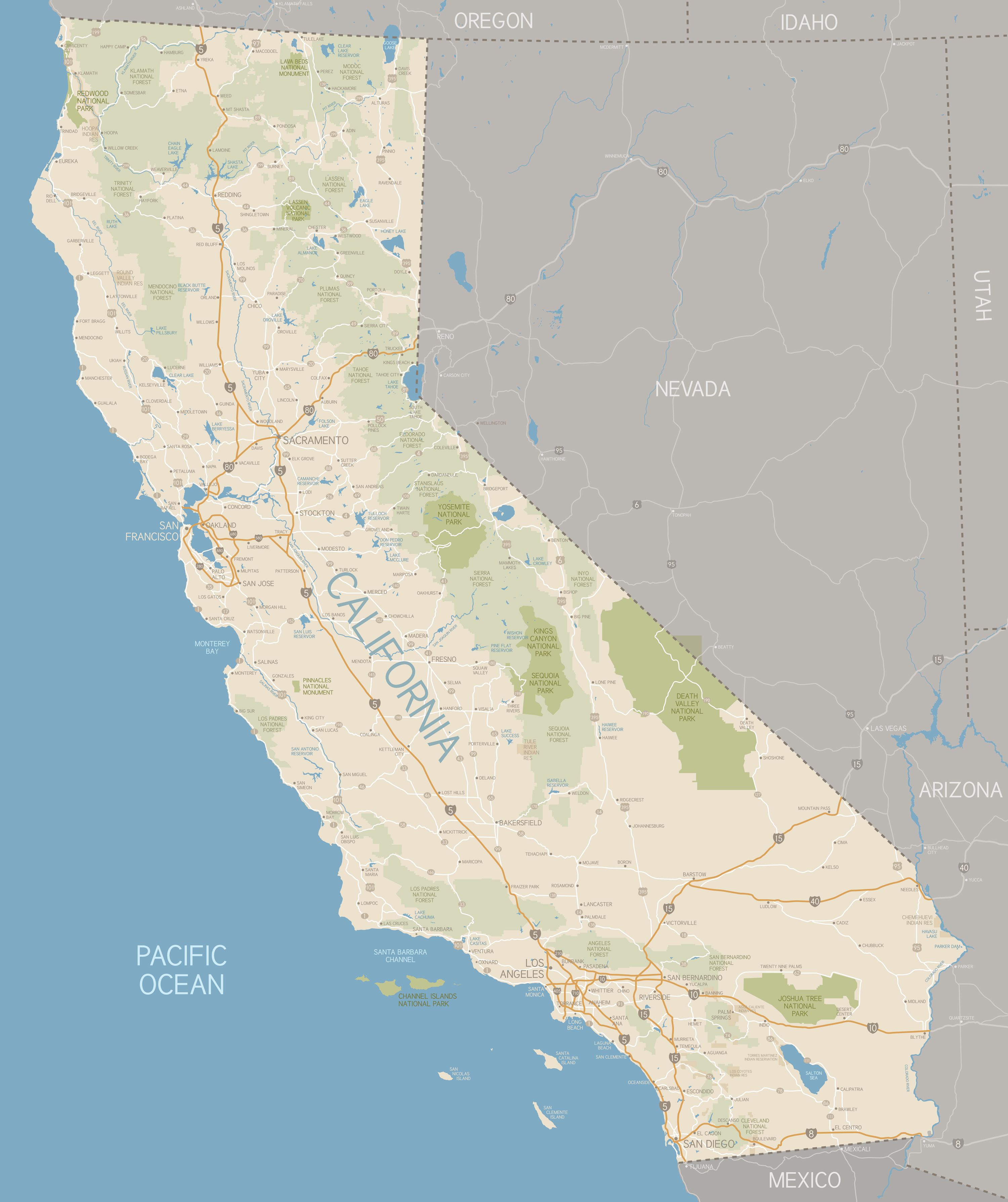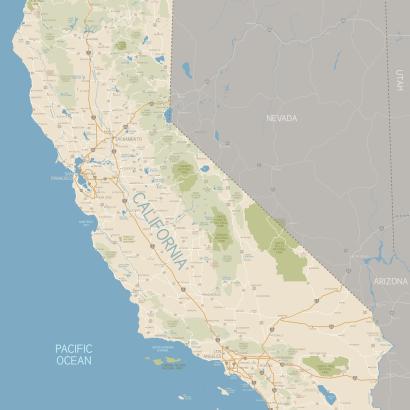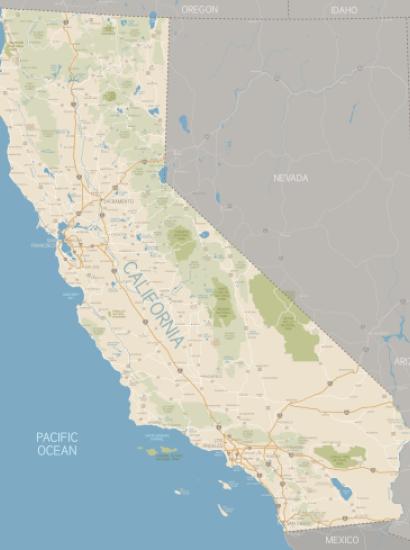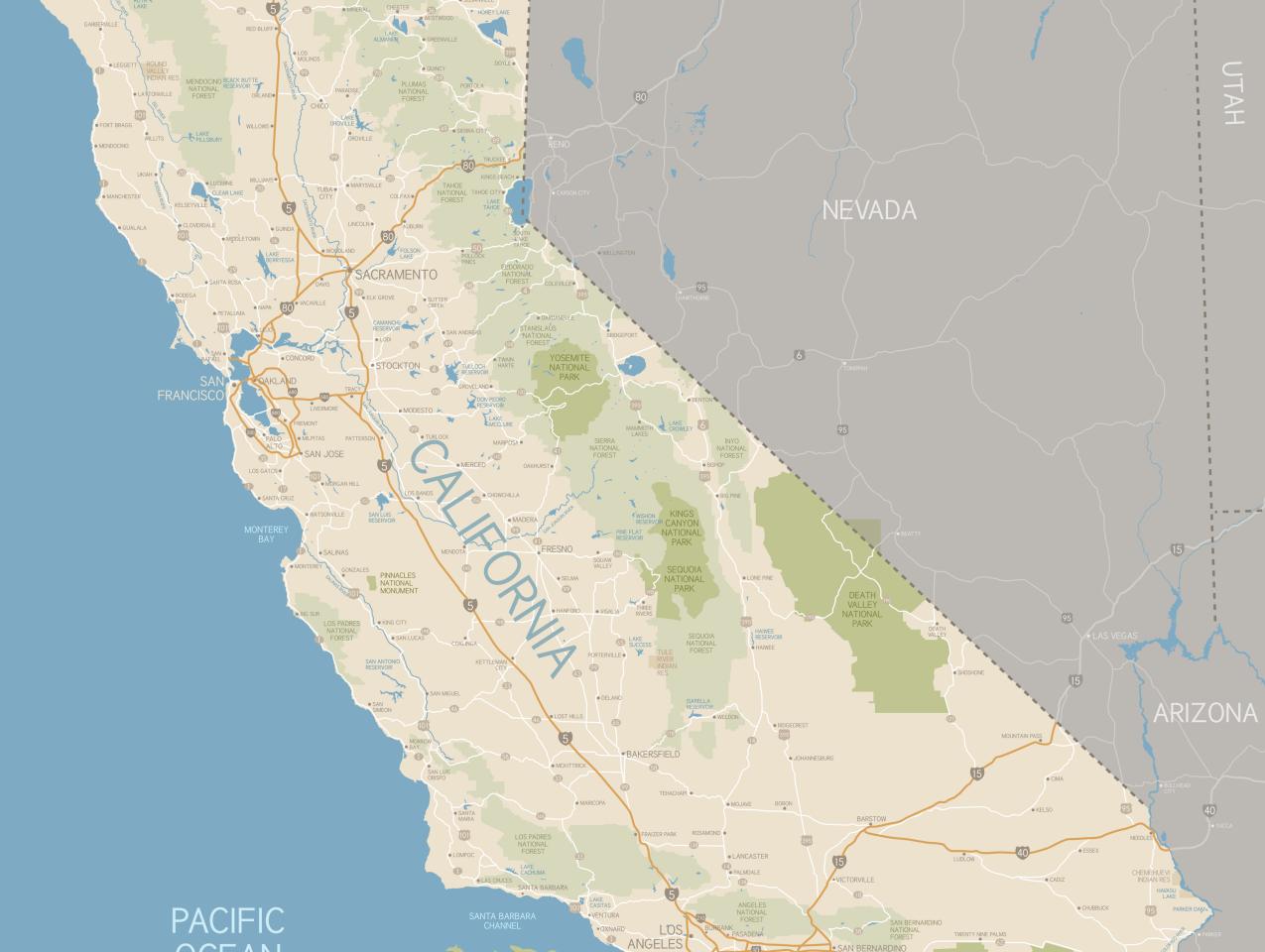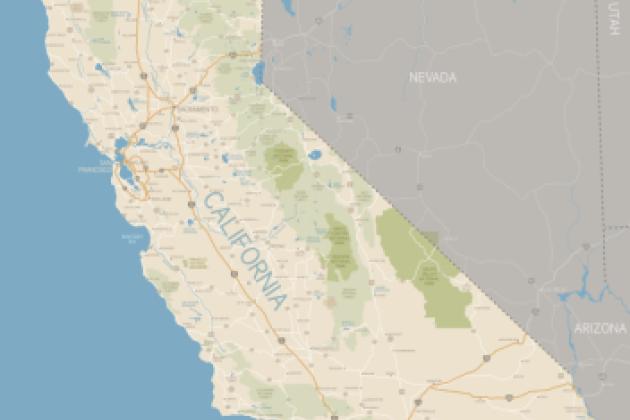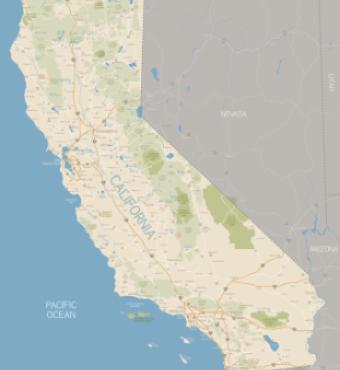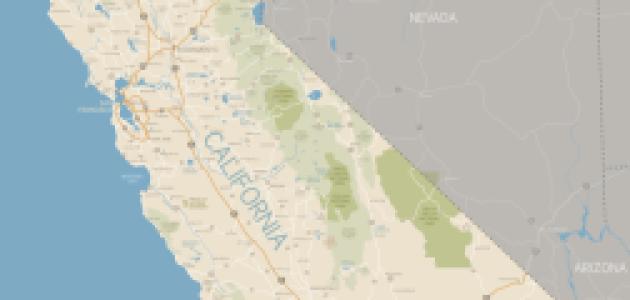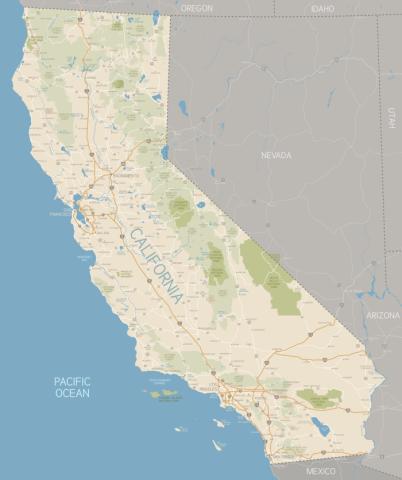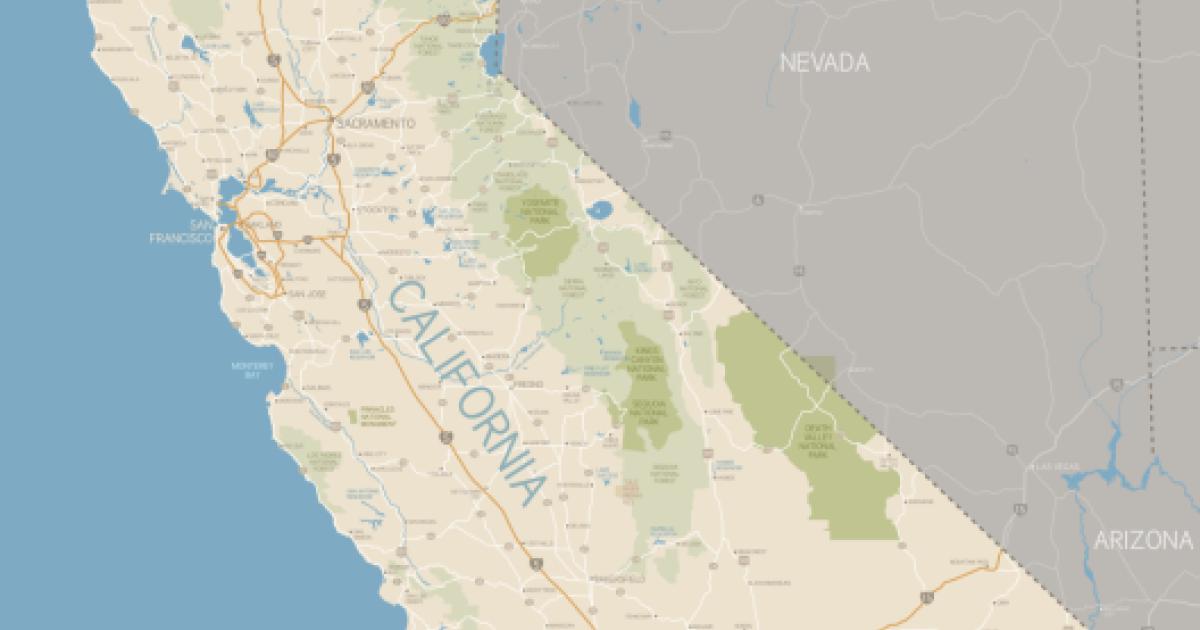Donald Trump’s immigration policies were widely mischaracterized during the 2016 election campaign. Time and again media critics described Trump as a racist who opposes immigration.
The reality is that, as a candidate, Trump embraced legal immigration as part of America’s heritage and a pillar of the economy. He even said that the majority of the eleven million undocumented immigrants who are not convicted criminals would be allowed to stay, focusing his ire on “criminal illegal aliens.”
This is hardly an extreme stance, but facts don’t matter to partisan pundits. Who would object to deporting convicted criminals with no right to be in the country in the first place?
Unfortunately, three hundred cities and other jurisdictions object. Indeed, thirty-seven city leaders nationwide have reaffirmed their rebellious policies; others such as Boulder, Colorado, and Pittsburgh, Pennsylvania, are joining the movement.
Ironically, the sanctuary cities have been in open rebellion for many years, not against Trump but against President Barack Obama with the federal authority has to track down actual killers and other criminals. A sanctuary city policy calls for noncompliance with federal officials, which amounts to the release of thousands of criminal aliens into the general public, including individuals that Immigration and Customs Enforcement (ICE) agents are trying to deport.
Although Democrats have blamed everyone from Kremlin hackers to deplorable Michiganders for the surprising loss of Hillary Clinton, the individual most responsible just might be Juan Francisco Lopez-Sanchez, the previously deported illegal alien who shot and killed Kate Steinle on a public pier in San Francisco during the early summer of 2015. That story vindicated Trump’s rallying cry against criminal immigrants in a speech just days earlier. Lopez-Sanchez had been convicted of felonies seven times and deported from the United States five times. Yet the San Francisco sheriff released him from custody in April 2015 rather than alert and cooperate with federal agents.
Why?
The idea of giving sanctuary has an ancient heritage. The modern incarnation harkens back to the Underground Railroad active before the Civil War. The Fugitive Slave Act of 1850 required officials in free northern states to comply with southern slaveholders and, worse, created large financial rewards for each fugitive returned. States from Vermont to Wisconsin responded with sanctuary laws that forbade local judges to comply, a stance echoed by modern sanctuary cities.
Conflating slavery with criminal immigration, however, is a poor analogy. Both involve a sojourn of labor, but there is more to the story. Nullification of federal primacy was the justification behind the Confederate South’s secession in 1860, too. It was southern states in 1861, like sanctuary cities now, that believed their sovereign authority was whatever they wanted it to be.
To believe this, however, is also to believe that West Virginia has the right to nullify mining regulations, Idaho has the right to nullify free speech, and North Dakota can build pipelines wherever it darn well pleases. How, for example, would you feel if the San Francisco sheriff decided that drug dealers would henceforth be executed on the spot with no jury trial or limits on cruel and unusual punishment? What if Cincinnati put abortion providers in jail? Clearly there has to be some balance between federalist diversity and constitutional rights. Just as clearly, sanctuary for criminal illegal immigrants upsets that balance.
Even those who favor immigration broadly–and favor the idea of huddled masses yearning to be free in America–can be opposed to sanctuary policies. Hillary Clinton was. At least she said so in August 2015. Barack Obama said he was too. Yet tragedies epitomized by Kate Steinle’s killing have been far too common. Odds are high that the sanctuary policies are headed for a clash with the incoming Trump administration, but the question is what he can do that Obama couldn’t (or wouldn’t)?
There is a precedent for Congress to restrict funds from states and cities like those in California that don’t abide by the law. In 1987 the Supreme Court ruled that federal funds for highways could be restricted from states that did not raise the drinking age to twenty-one with the logic that one issue was “germane” to the funds. That approach has been endorsed by Trump after congressional Republicans, notably Texas member of Congress John Culberson, highlighted the fact that existing law provides a vehicle to restrict law enforcement grants to jurisdictions that refuse to comply with federal immigration authorities. “If you want federal money, follow federal law,” Culberson says. “It’s simple. This is Mayor Rahm Emanuel’s choice. This is Bill de Blasio’s choice.”
There are even bigger sticks–and carrots–that the feds could use. Congress is likely to mandate the use of E-Verify, a system that verifies the citizenship and legal work status of all job applicants, which is optional currently (at present, it will expire on April 28). Jurisdictions that refuse to comply with E-Verify wouldn’t only put law enforcement funds at risk but labor funds as well. Billions of dollars in funding for everything from unemployment insurance, pensions, and reemployment training programs are suddenly germane to immigration law. For example, the federal government extended the normal twenty-six-week period of eligibility for unemployment compensation to ninety-nine weeks during the 2009 recession. What if future extensions were only permitted for states in compliance with ICE? Think about it: Why should the people of Ohio pay foreigners who are unemployed in Arizona?
A far less coercive, and perfectly appropriate, compromise is likely to emerge if and when House Speaker Paul Ryan passes legislation that grants legal status to law-abiding undocumented immigrants. One piece of legislation under consideration would grant visa authority to the states. For example, Virginia might be allotted 300,000 work visas, Texas might get 850,000, and Ohio might get 230,000, each proportional to the estimated migrants who register for the program during its first phase. The condition should be that any jurisdiction that refuses to comply with ICE agents will get zero visas. Those portions would be doled out among the compliant states. To be clear, undocumented immigrants in Los Angeles who register would qualify for work visas in other states, just not in Los Angeles (if it remains its anti-ICE regulations). Of course criminal migrants would not qualify.
In the end President Trump will be offering sanctuary to the immigrants who deserve it; sanctuary cities will be holdouts for convicted criminals.

CALIFORNIA ILLEGAL IMMIGRATION–BY THE NUMBERS
California, home to the nation’s largest Hispanic population (about fifteen million of the state’s thirty-eight million residents) also has the largest population of undocumented immigrants (an estimated 2.67 million). Los Angeles County leads all other municipalities (nearly 815,000 undocumented immigrants), followed by Orange County (nearly 250,000), the Bay Area’s Santa Clara County (more than 180,000), and San Diego County (more than 170,000). About one in ten California workers is an undocumented immigrant, second only to Nevada.
WHAT ABOUT CALIFORNIA SANCTUARY CAMPUSES?
Just as complex as sanctuary cities is the question of “sanctuary campuses”: colleges and universities that won’t allow federal immigration authorities on campus without a warrant and won’t share information without a legal order. A Pennsylvania lawmaker plans to introduce a bill this year barring state funding from any such school. Could an enterprising member of Congress try the same? Of the forty universities receiving the most federal research and development money in 2016, eight happen to be in California.
A GUN TO CALIFORNIA’S HEAD?
If a Trump administration gets it way on changing sanctuary city policy, it might have Obamacare to thank. In 2012’s NFIB v. Sebelius, the US Supreme Court determined that Congress was out of bounds in withholding 100 percent of states’ Medicaid funding if they didn’t expand state programs, a gun to the head because it involved a loss of more than 20 percent of states’ budget. Should the Trump administration withhold money well below that 20 percent level? Constitutionally it might be on safe ground. California’s Department of Finance estimates that Medi-Cal coverage surpasses $16 billion, 95 percent of which comes from Washington’s coffers.







